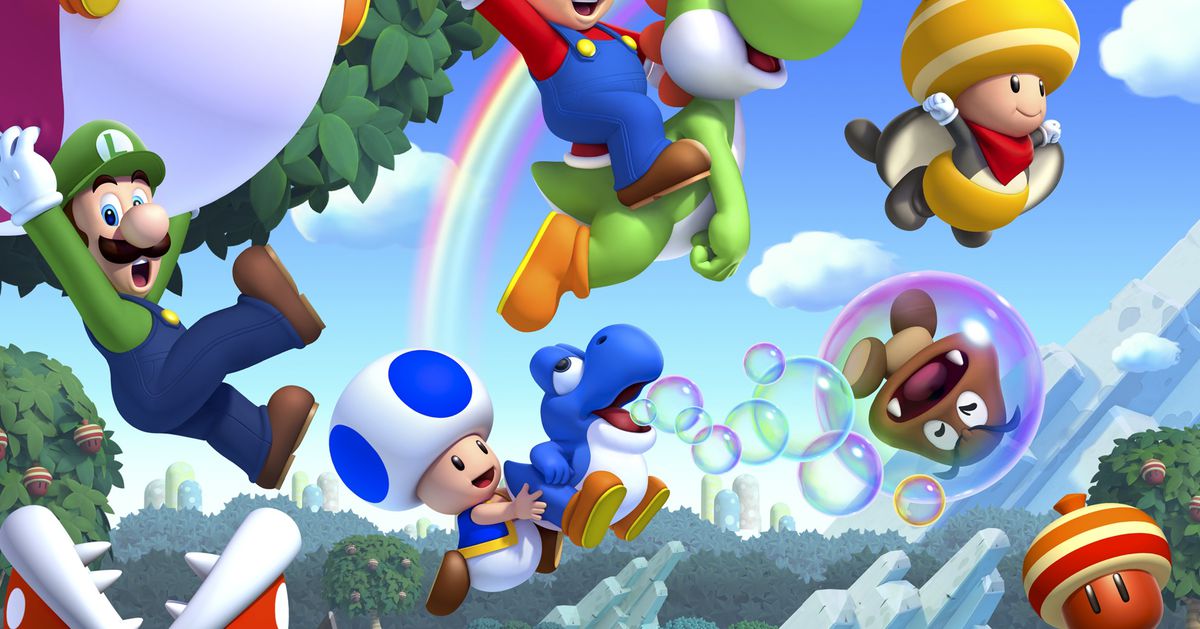
If we keep thinking in terms of opposed armies, we’ll fail to develop effective strategies for recognizing and containing networked, hybrid warfare.įor the United States, the shape of future homeland conflicts will be asymmetrical, distributed, and heterogeneous.

To neglect this distinction risks missing the signs of coordinated disruption and violence.

But they are rarely simple two-sided conflicts. Sometimes they look more like tribal conflicts composed along racial, religious, familial or economic lines, often on top of resource crises that push violence to become a necessary solution. They become guerrillas, rebel factions, proxies, and insurgencies. Warfare now often proceeds from ideologically and economically marginalized communities whose suffering and fear is wielded by cunning global actors. As networks distribute power to the edges, warfighting shifts further away from a handful of monolithic forces and towards a diverse web of small actors. Indeed, much of the last century was about deconstructing the habits of large-scale, state-driven conventional warfare. The outcome, we imagine, would likely be a winner-take-all restructuring of the United States.īut that’s not really how wars are fought in the 21st century. Generals would choose a side, those with the most troops and firepower at their disposal would claim victory. It’s easy to imagine that a second civil war might proceed like the first: two institutionalized factions wielding state militaries against each other along prescribed strategic fronts. The distinction is critical to effectively counter the emergence of networked violence in America. soil that are based more on history than the current reality of how power acts in the world.


However, framing it as a second civil war embeds numerous assumptions about warfare on U.S. Best Defense Second Civil War correspondentįollowing an earlier 2017 survey, Foreign Policy’s Best Defense blog opened a poll about the likelihood of a second U.S.


 0 kommentar(er)
0 kommentar(er)
